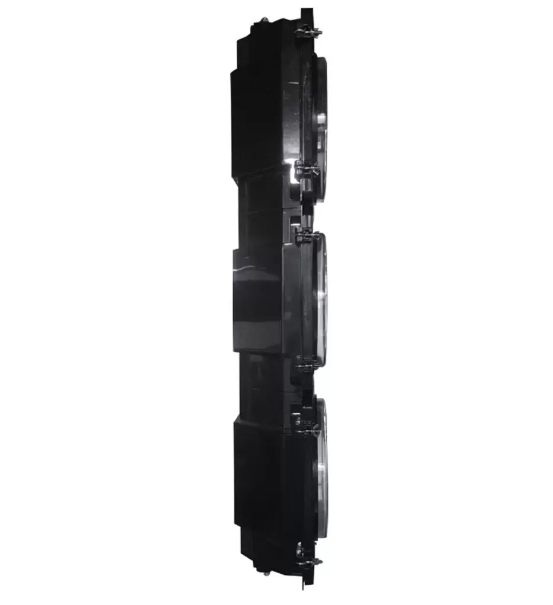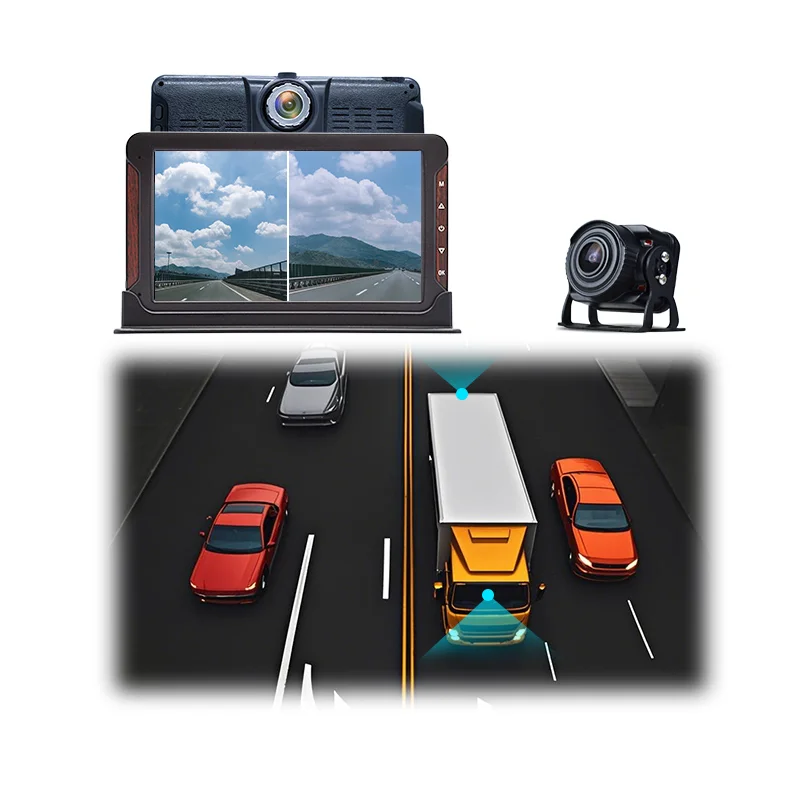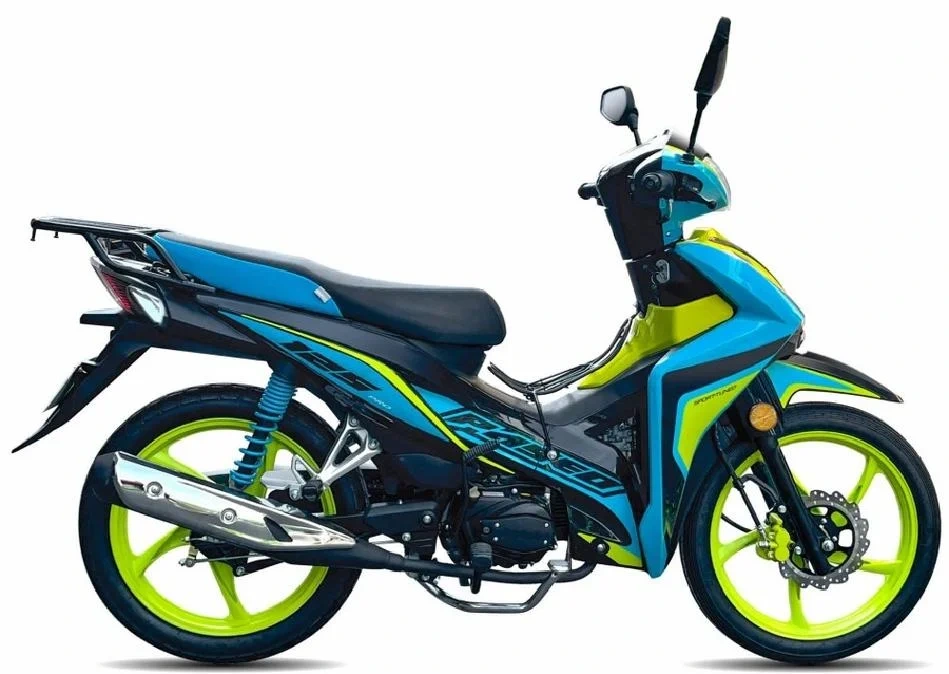Unveiling the Most Economical Modes of Transport: A Comprehensive Guide to Budget-Friendly Travel
In an increasingly interconnected world, the need for efficient and cost-effective transportation options has never been more critical. Whether you are a daily commuter, a student, or an adventurous traveler, understanding the cheapest modes of transport can significantly impact your budget and overall travel experience. This article delves into various transportation methods, analyzing their costs, benefits, and practical applications to help you make informed decisions.
Understanding Transportation Costs
Before we explore the cheapest modes of transport, it is essential to understand the factors that influence transportation costs. These include:
- Distance: Longer distances typically incur higher costs, but some modes may offer better rates for extended travel.
- Time: Speed often correlates with cost; faster modes may charge a premium.
- Convenience: Some transport options may be cheaper but less convenient, affecting overall travel time and comfort.
- Environmental Impact: Increasingly, travelers are considering the ecological footprint of their transport choices, which can also influence costs.
The Cheapest Modes of Transport
- Walking
Walking is undoubtedly the most economical mode of transport. It incurs no direct costs and offers numerous health benefits. For short distances, walking not only saves money but also allows for a more immersive experience of your surroundings. However, it may not be practical for longer journeys or in inclement weather.
- Bicycling
Bicycling is another cost-effective option, especially in urban areas with bike lanes and rental services. The initial investment in a bicycle can be offset by savings on fuel and public transport fares. Additionally, many cities offer bike-sharing programs, allowing users to rent bikes for short periods at minimal costs. Biking promotes physical health and reduces carbon emissions, making it an environmentally friendly choice.
- Public Transportation
Public transport systems, such as buses, trams, and subways, are often the most economical means of travel in metropolitan areas. Fares are typically lower than those of taxis or rideshares, and many cities offer discounted passes for frequent users. For example, a monthly transit pass can significantly reduce daily commuting costs. Moreover, public transport reduces traffic congestion and pollution, contributing to a more sustainable urban environment.
- Carpooling and Ridesharing
Carpooling and ridesharing services like Uber and Lyft can be economical alternatives for those who prefer not to use public transport. By sharing rides with others, you can split costs, making it cheaper than driving alone. Additionally, many companies offer incentives for carpooling, such as reduced parking fees or access to carpool lanes, further enhancing the cost-effectiveness of this option.
- Long-Distance Buses and Trains
For longer journeys, long-distance buses and trains often provide the most affordable travel options. Companies like Greyhound and Megabus offer competitive fares, especially when booked in advance. Train services, such as Amtrak in the U.S. or Eurail in Europe, can also be economical, particularly with special discounts for students, seniors, or groups. While these modes may take longer than flying, they often provide a more scenic and comfortable travel experience.
- Budget Airlines
While flying is generally more expensive than other modes of transport, budget airlines have revolutionized air travel by offering significantly lower fares. Airlines like Ryanair and Southwest Airlines provide no-frills services that can make air travel affordable, especially for short-haul flights. However, travelers should be cautious of additional fees for baggage and other services, which can quickly add up.
Conclusion: Choosing the Right Mode of Transport
When considering the cheapest mode of transport, it is essential to evaluate your specific needs, including distance, time constraints, and personal preferences. While walking and biking are the most economical for short distances, public transport and carpooling offer excellent options for urban commuting. For longer journeys, long-distance buses and budget airlines can provide significant savings.




